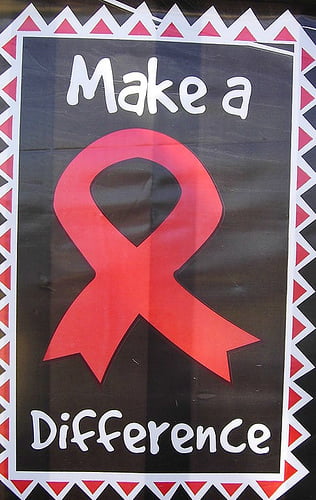Global poverty advocacy group ONE released a new report on AIDS this week. They start the report with the bold statement that “a new sense of optimism is beginning to take hold across the international development community, rooted in new science suggesting that bold, strategic investments can turn the tide against the disease…” It’s a big claim, but they’re got some data to back it up. These are the advancements against AIDS that have ONE particularly giddy:
-Treating people who have HIV also reduces the risk that they will transmit it, by up to 96% in heterosexual couples
-Male circumcision can reduce HIV transmission by 60%
-Effective treatment and care regimens can reduce the risk of mother to child transmission in more than 95% of cases
-Pre-exposure prophylaxis, where anti-retroviral drugs are provided to people at risk for HIV, has show promise in reducing HIV transmission
Once you get past the glow, however, ONE has some somber points to make. We’re not on track to meet the millennium development goal of halting and beginning to reduce the spread of HIV. To actually bring an end to HIV, it’s going to take more money. A lot more money.
ONE points out that UNAIDS has estimated that between $22 billion and $24 billion will be needed annually by 2015 to effectively combat the pandemic. That’s about $8 billion more than is currently being spent. Eight billion dollars is a lot of money at a time when donors are looking to shrink their contributions, not increase them.
The ONE report is a fantastic portrait of where we stand right now on HIV. What’s working, what’s not working, and solid estimates on where we can go from here. And here’s the takeaway: we’re almost there. We have the tools, right now, to bring an end to AIDS. The only question is whether we’re willing to pay for them.
